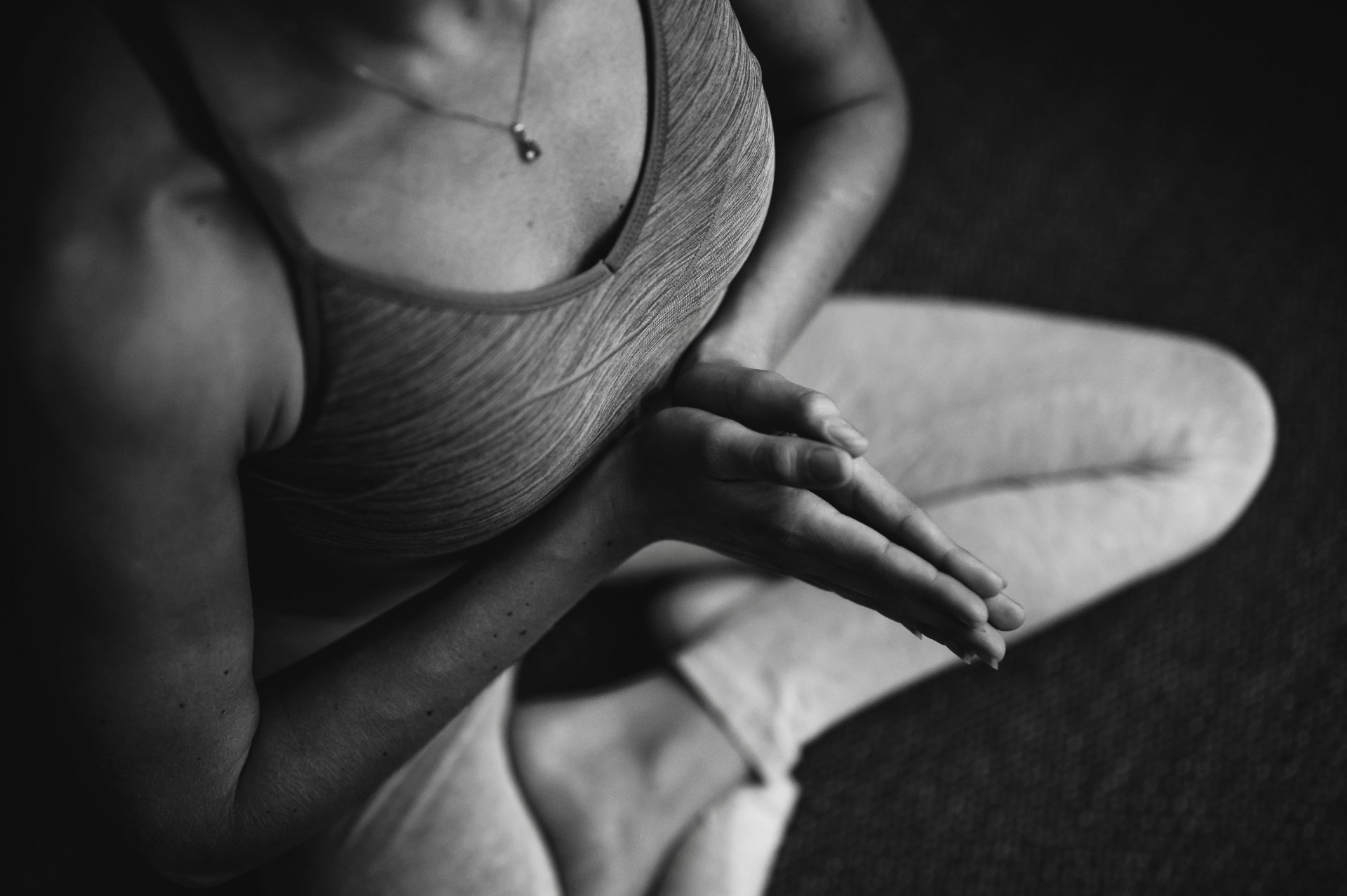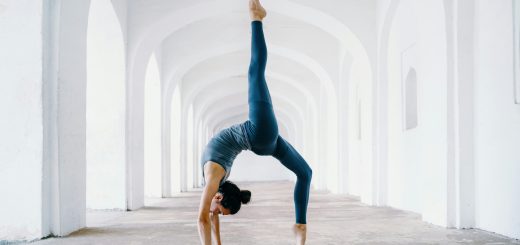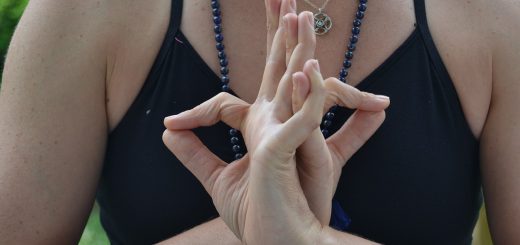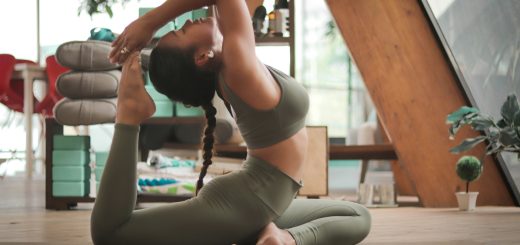Child’s Pose Yoga: Discovering Relaxation and Renewal

Before diving in, please note: This post is for informational purposes only. If you’d like to know more about how we approach topics, feel free to check out our friendly Disclaimer Page.
Hey there, amazing readers! 🖐️ Just a quick note: yes, we know there are a lot of ads here. Trust us, we get it—it’s not the prettiest look, but they help us keep this blog alive and kicking. Those pesky little ads cover the costs of all the behind-the-scenes magic, from hosting and tech stuff to creating content we hope you’ll love.
We’re committed to delivering quality posts, and your support (even just sticking around despite the ads) means everything to us. So, bear with us, and thanks for helping us keep the good vibes rolling. Now, on to the fun stuff! 😉
TRANSLATE BUTTON AT THE END OF THE ARTICLE
Overview
Child’s Pose, also known as Balasana in Sanskrit, is a gentle and restorative yoga pose that offers a multitude of physical and mental benefits.
This simple yet powerful pose is often practiced as a resting position during yoga classes, allowing practitioners to find relaxation and renewal.
In this article, we will explore the various benefits of Child’s Pose Yoga, how to perform it correctly, modifications for beginners and those with physical limitations, and its role in stress relief, flexibility improvement, digestive health, back pain relief, and rest and recovery.
We will also discuss how to incorporate Child’s Pose Yoga into your daily routine and important safety precautions to consider.
What is Child’s Pose Yoga?
Child’s Pose Yoga, as the name suggests, mimics the position of a child in the womb.
It is a kneeling pose where the practitioner sits back on their heels and folds their body forward, resting their forehead on the mat or the ground.
The arms can either be extended in front of the body or relaxed alongside the legs.
This pose gently stretches the hips, thighs, and ankles while providing a soothing and calming effect on the mind.
Benefits of Child’s Pose Yoga
Relaxation and Stress Reduction: Child’s Pose Yoga is renowned for its ability to induce deep relaxation by activating the parasympathetic nervous system.
The gentle forward fold and the release of tension in the neck and shoulders help to calm the mind, reduce stress, and alleviate anxiety.
Flexibility and Posture Improvement: Regular practice of Child’s Pose Yoga helps to improve flexibility in the hips, thighs, and ankles.
It also aids in lengthening the spine and releasing tension in the lower back, which can contribute to improved posture over time.
Digestive Health: Child’s Pose Yoga provides a gentle compression to the abdomen, which can aid in digestion and alleviate digestive discomfort.
The pose also helps to stimulate the internal organs, promoting a healthy digestive system.
Back Pain Relief: Child’s Pose Yoga is a popular choice for those experiencing back pain.
By gently stretching the spine and relaxing the muscles in the lower back, it can help relieve tension and discomfort.
Rest and Recovery: Child’s Pose Yoga serves as a resting position during more vigorous yoga practices, acting as a moment of respite and recovery.
It allows the body to relax and rejuvenate, promoting a sense of overall well-being.
How to Perform Child’s Pose Yoga Correctly
To perform Child’s Pose Yoga correctly, follow these steps:
Start by kneeling on the floor or a yoga mat, with your knees hip-width apart and your big toes touching.
Sit back on your heels and slowly lower your torso down, folding forward from the hips.
Extend your arms forward or relax them alongside your legs, whichever is more comfortable for you.
Gently rest your forehead on the mat or the ground, allowing the back of your neck to lengthen.
Soften your breath and relax your entire body, sinking deeper into the pose with each exhalation.
Hold the pose for 5 to 10 breaths, or longer if desired.
Modifications for Beginners and Those with Physical Limitations
Child’s Pose Yoga can be modified to accommodate beginners or individuals with physical limitations.
Here are a few modifications you can try:
Wide-Knee Child’s Pose: If you find it difficult to keep your knees together, you can separate them wider apart.
This modification allows for a more comfortable and spacious pose.
Support with a Pillow or Bolster: If you have tight hips or struggle to sit back on your heels, you can place a pillow or bolster between your buttocks and your calves for support.
This modification helps to alleviate any strain on the knees or ankles.
Arms alongside the body: If extending your arms forward causes discomfort in the shoulders or wrists, you can relax your arms alongside your body, palms facing up.
This modification allows for a more relaxed and restorative experience.
Child’s Pose Yoga for Stress Relief and Anxiety Reduction
Child’s Pose Yoga is an excellent tool for stress relief and anxiety reduction.
By adopting a gentle and nurturing position, the body and mind can find a sense of calm and relaxation.
The slow and deep breaths taken in this pose help to activate the parasympathetic nervous system, responsible for the body’s rest and relaxation response.
This activation helps to soothe the nervous system, reduce stress hormones, and promote a state of tranquility and mental clarity.
Regular practice of Child’s Pose Yoga can be a valuable addition to any stress management or anxiety reduction routine.
Child’s Pose Yoga for Flexibility and Posture Improvement
Child’s Pose Yoga offers numerous benefits to flexibility and posture improvement.
The pose stretches the muscles of the hips, thighs, and ankles, helping to increase their range of motion.
It also lengthens the spine, decompressing the vertebrae and relieving tension in the lower back.
By practicing Child’s Pose regularly, you can gradually improve your flexibility in these areas and enhance your overall posture.
The elongation of the spine encourages a more upright and aligned posture, reducing the tendency to slouch or hunch forward.
Child’s Pose Yoga for Digestive Health
Child’s Pose Yoga supports digestive health through gentle compression and stimulation of the abdominal area.
The forward fold compresses the abdomen, aiding digestion and promoting the movement of food through the digestive tract.
This compression can help alleviate bloating, constipation, and other digestive discomforts.
Additionally, Child’s Pose Yoga stimulates the internal organs, including the digestive organs, improving their function and promoting overall digestive health.
Practicing this pose after a meal can be particularly beneficial in aiding digestion and providing relief from digestive issues.
Child’s Pose Yoga for Back Pain Relief
Child’s Pose Yoga is often recommended for individuals experiencing back pain.
The pose helps to stretch and elongate the spine, relieving tension and compression in the vertebrae.
By gently extending the lower back and releasing the muscles surrounding it, Child’s Pose Yoga can alleviate discomfort and promote relaxation in the back muscles.
It is important to listen to your body and modify the pose as needed to avoid any strain or discomfort in the back.
If you are experiencing chronic or severe back pain, it is advisable to consult a healthcare professional before incorporating Child’s Pose Yoga into your routine.
Child’s Pose Yoga for Rest and Recovery
Child’s Pose Yoga serves as a restful and restorative position within a yoga practice.
It allows the body to relax and recover from more physically demanding poses or activities.
By surrendering to the support of the mat and allowing the breath to deepen, Child’s Pose Yoga offers a moment of respite and renewal.
This pose provides an opportunity to release tension, both physically and mentally, while promoting a sense of overall well-being.
Incorporating Child’s Pose into your practice can be especially beneficial after a challenging workout or a long and tiring day.
Incorporating Child’s Pose Yoga into Your Daily Routine
Including Child’s Pose Yoga in your daily routine can provide numerous benefits to your physical and mental well-being.
Here are some suggestions on how to incorporate this pose into your practice:
Morning Wake-Up: Start your day by spending a few minutes in Child’s Pose.
This gentle stretch and relaxation can help awaken your body and mind, setting a positive tone for the rest of the day.
Mid-Day Reset: Take a break from your busy schedule and find a quiet space to practice Child’s Pose.
Allow yourself to let go of any stress or tension accumulated throughout the day and enjoy a moment of rejuvenation.
Evening Wind-Down: Before bedtime, spend a few minutes in Child’s Pose to unwind and prepare your body for a restful night’s sleep.
Focus on deep and slow breathing, releasing any lingering tension from the day.
Remember, consistency is key.
Even a few minutes of Child’s Pose each day can make a noticeable difference in your overall well-being.
Safety Precautions and Considerations for Child’s Pose Yoga
Although Child’s Pose Yoga is generally safe for most individuals, there are a few safety precautions and considerations to keep in mind:
Knee or ankle injuries: If you have a knee or ankle injury, be cautious when performing Child’s Pose.
Use modifications such as placing a pillow or bolster between your buttocks and calves or reducing the degree of knee flexion to avoid strain or discomfort.
Pregnancy: Pregnant individuals should consult with their healthcare provider before practicing Child’s Pose Yoga.
Modifications may be necessary to ensure comfort and safety for both the mother and the baby.
High blood pressure or dizziness: If you have high blood pressure or experience dizziness, it is advisable to avoid full forward folds and keep the head elevated slightly during Child’s Pose.
Neck or shoulder injuries: If you have a neck or shoulder injury, be mindful of any discomfort or strain.
Adjust the position of your arms or use modifications to avoid exacerbating the injury.
Always listen to your body and modify the pose as needed to suit your individual needs and limitations.
If you have any concerns or specific health conditions, it is best to consult a qualified yoga instructor or healthcare professional before practicing Child’s Pose Yoga or any other yoga pose.
Conclusion
Child’s Pose Yoga is a valuable tool for relaxation, renewal, and overall well-being.
Its gentle nature and numerous benefits make it accessible to individuals of all levels and physical abilities.
By incorporating Child’s Pose into your daily routine and practicing it with mindfulness and intention, you can discover the profound effects it can have on your physical health, mental clarity, and emotional balance.
Remember to always prioritize safety, listen to your body, and seek guidance from qualified professionals when necessary.
Begin your journey toward relaxation and renewal today by embracing the power of Child’s Pose Yoga.

The Enlightenment Journey is a remarkable collection of writings authored by a distinguished group of experts in the fields of spirituality, new age, and esoteric knowledge.
This anthology features a diverse assembly of well-experienced authors who bring their profound insights and credible perspectives to the forefront.
Each contributor possesses a wealth of knowledge and wisdom, making them authorities in their respective domains.
Together, they offer readers a transformative journey into the realms of spiritual growth, self-discovery, and esoteric enlightenment.
The Enlightenment Journey is a testament to the collective expertise of these luminaries, providing readers with a rich tapestry of ideas and information to illuminate their spiritual path.
Our Diverse Expertise 🌟
While our primary focus is on spirituality and esotericism, we are equally passionate about exploring a wide range of other topics and niches 🌍📚. Our experienced team is dedicated to delivering high-quality, informative content across various subjects ✨.
To ensure we provide the most accurate and valuable insights, we collaborate with trusted experts in their respective domains 🧑🏫👩🏫. This allows us to offer well-rounded perspectives and knowledge to our readers.
Our blog originally focused on spirituality and metaphysics, but we’ve since expanded to cover a wide range of niches. Don’t worry—we continue to publish a lot of articles on spirituality! Frequently visit our blog to explore our diverse content and stay tuned for more insightful reads.






